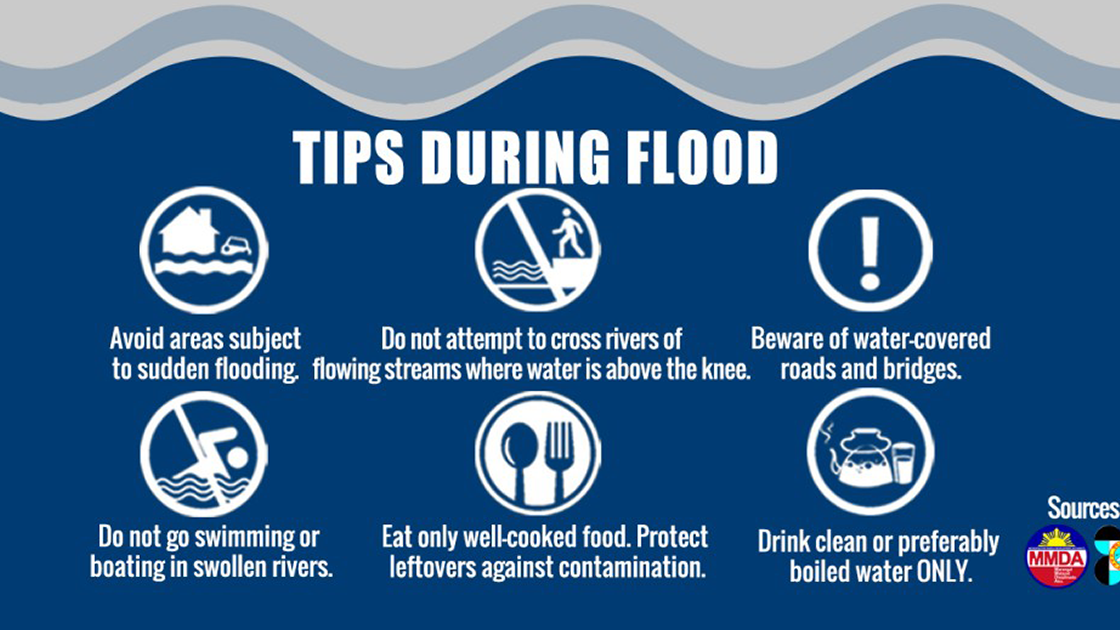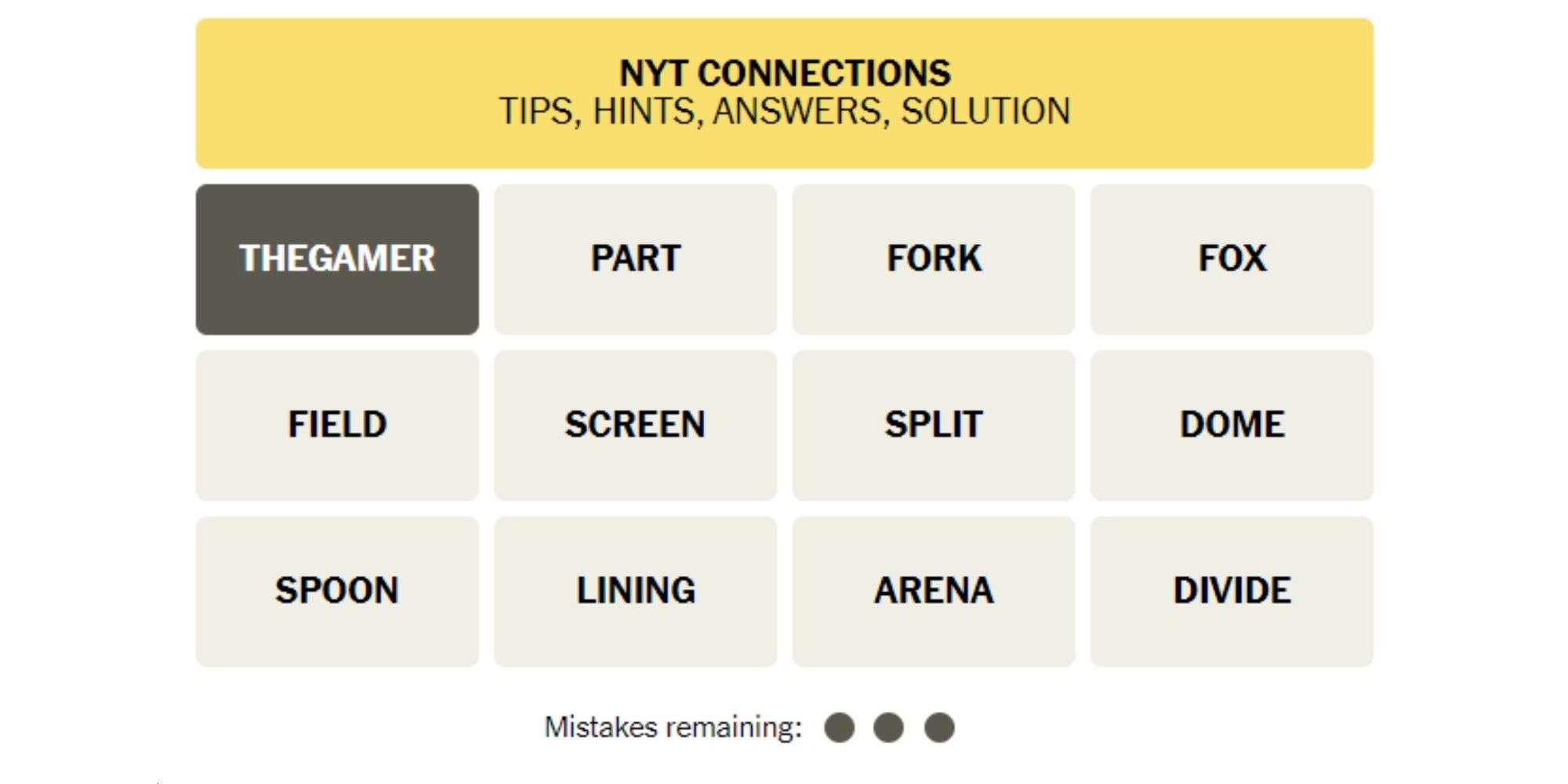How To Stay Safe During A Flash Flood Emergency

Table of Contents
Understanding Flash Flood Warnings and Alerts
Flash floods are characterized by a rapid and sudden rise in water levels, often with little to no warning. Understanding the difference between weather alerts is critical for effective flash flood safety. The National Weather Service (NWS) issues several types of alerts:
- Flash Flood Watch: Conditions are favorable for flash flooding. Be prepared to take action if flooding begins.
- Flash Flood Warning: Flash flooding is occurring or is imminent. Take immediate action to protect yourself and your property.
- Flash Flood Advisory: Flash flooding is possible. Stay informed and monitor the situation closely.
Reliable sources for flash flood information include:
- The National Weather Service (NWS): The primary source for official weather forecasts and warnings.
- Local News: Your local news stations provide up-to-date weather reports and information specific to your area.
- Weather Apps: Many reputable weather apps offer real-time alerts and forecasts.
Here's what you should do:
- Sign up for emergency alerts on your phone (e.g., Wireless Emergency Alerts or NOAA Weather Radio).
- Monitor weather forecasts regularly, particularly during periods of heavy rainfall or thunderstorms.
- Understand the difference between a watch and a warning. A watch means be prepared; a warning means take action now.
Creating a Flash Flood Emergency Plan
Having a flash flood emergency plan in place before a flood occurs is essential for flood safety. This plan should outline evacuation routes, meeting points, and other crucial information.
- Identify safe, high-ground locations: Know where you will go if flooding threatens your home. This could be a friend's house on higher ground, a designated evacuation center, or another safe location.
- Pack an emergency kit: Your kit should include water, non-perishable food, a first-aid kit, essential medications, important documents (copies of insurance policies, IDs), flashlights, batteries, and a whistle.
- Designate an out-of-area contact person: This person will serve as a central point of contact for family members to check in.
- Establish evacuation routes: Plan multiple escape routes from your home and neighborhood in case one becomes blocked by floodwaters.
- Know your flood risk: Understand if you live in a high-risk flood zone. This information is often available through your local government or the Federal Emergency Management Agency (FEMA).
Actions to Take During a Flash Flood
When a flash flood warning is issued, immediate action is crucial. Your life may depend on it.
- Never drive through flooded areas: "Turn around, don't drown." The depth of water is often deceiving, and even a few inches of fast-moving water can sweep a vehicle away.
- Move to higher ground immediately: Avoid low-lying areas, floodplains, and canyons. Seek refuge in a sturdy building if possible.
- If trapped in a vehicle, abandon it and climb to higher ground: Your life is more valuable than your car. Escape the vehicle immediately and move to safety.
- Avoid downed power lines: Downed power lines are extremely dangerous. Report them to the appropriate authorities immediately.
- Contact emergency services if needed: If you are in immediate danger, call your local emergency services for help.
Post-Flash Flood Safety Precautions
Even after the floodwaters recede, dangers remain. Floodwaters often leave behind debris, contaminated water, and damaged infrastructure.
- Check for structural damage: Carefully inspect your home for damage to the foundation, walls, and roof. Do not enter a damaged building until it has been deemed safe by a professional.
- Beware of contaminated water: Floodwater is often contaminated with sewage, chemicals, and other harmful substances. Avoid contact with floodwater whenever possible.
- Report damage to your local authorities: Reporting damage helps authorities assess the overall impact of the flood and provide necessary aid.
- Contact insurance companies: Begin the claims process with your insurance company as soon as possible.
Conclusion
Flash flood safety relies on preparedness and immediate action. Understanding flash flood warnings, having a well-defined emergency plan, and knowing what to do during and after a flash flood are vital for protecting yourself and your loved ones. Don't wait for a flash flood to hit; create your family's flash flood safety plan today. Share this guide with your friends and family to help keep everyone safe during flash flood emergencies and promote broader flash flood safety awareness in your community. Remember, effective flash flood safety starts with preparation and knowledge.

Featured Posts
-
 Dazi Trump Conseguenze Per Nike Lululemon E Il Settore Moda
May 25, 2025
Dazi Trump Conseguenze Per Nike Lululemon E Il Settore Moda
May 25, 2025 -
 Zheng Qinwens Italian Open Semifinal Run A Breakthrough Performance
May 25, 2025
Zheng Qinwens Italian Open Semifinal Run A Breakthrough Performance
May 25, 2025 -
 Investigating The Use Of Presidential Seals At High End Events
May 25, 2025
Investigating The Use Of Presidential Seals At High End Events
May 25, 2025 -
 Solving New York Times Connections Puzzle 646 March 18 2025 Guide
May 25, 2025
Solving New York Times Connections Puzzle 646 March 18 2025 Guide
May 25, 2025 -
 Actress Mia Farrow Seeks Trumps Imprisonment Regarding Venezuelan Deportations
May 25, 2025
Actress Mia Farrow Seeks Trumps Imprisonment Regarding Venezuelan Deportations
May 25, 2025
Latest Posts
-
 Atletico Madrid Geriden Gelisin Hikayesi
May 25, 2025
Atletico Madrid Geriden Gelisin Hikayesi
May 25, 2025 -
 Soerloth La Liga Da Ilk 30 Dakikanin Kahramani
May 25, 2025
Soerloth La Liga Da Ilk 30 Dakikanin Kahramani
May 25, 2025 -
 La Liga Da Soerloth Sov Ilk Yarida Doert Gol
May 25, 2025
La Liga Da Soerloth Sov Ilk Yarida Doert Gol
May 25, 2025 -
 Soerloth La Liga Da 4 Gol Muhtesem Baslangic
May 25, 2025
Soerloth La Liga Da 4 Gol Muhtesem Baslangic
May 25, 2025 -
 Soerloth Un La Liga Firtinasi Ilk 30 Dakikada 4 Gol
May 25, 2025
Soerloth Un La Liga Firtinasi Ilk 30 Dakikada 4 Gol
May 25, 2025
